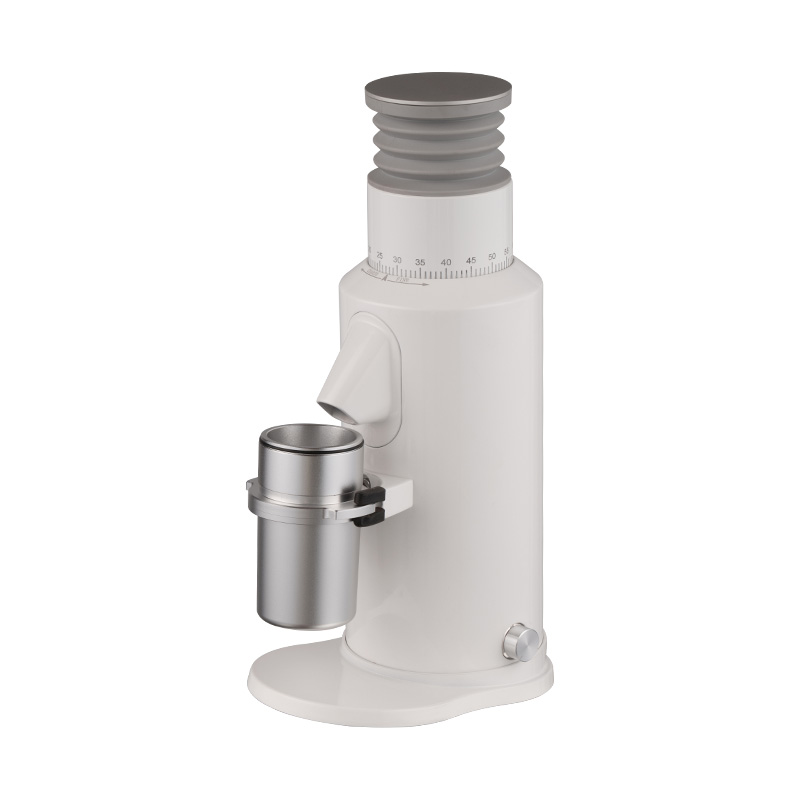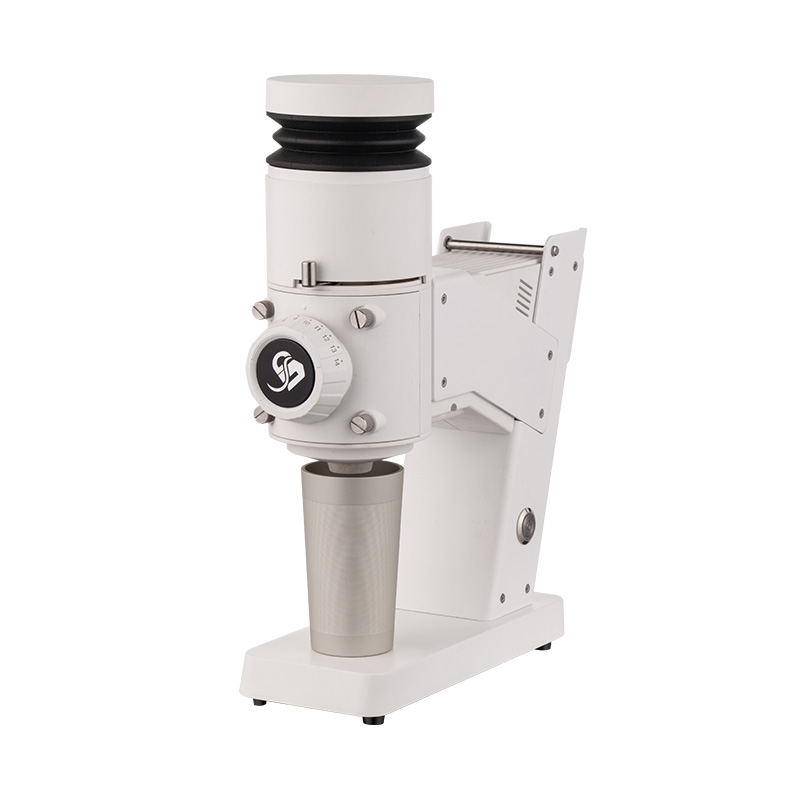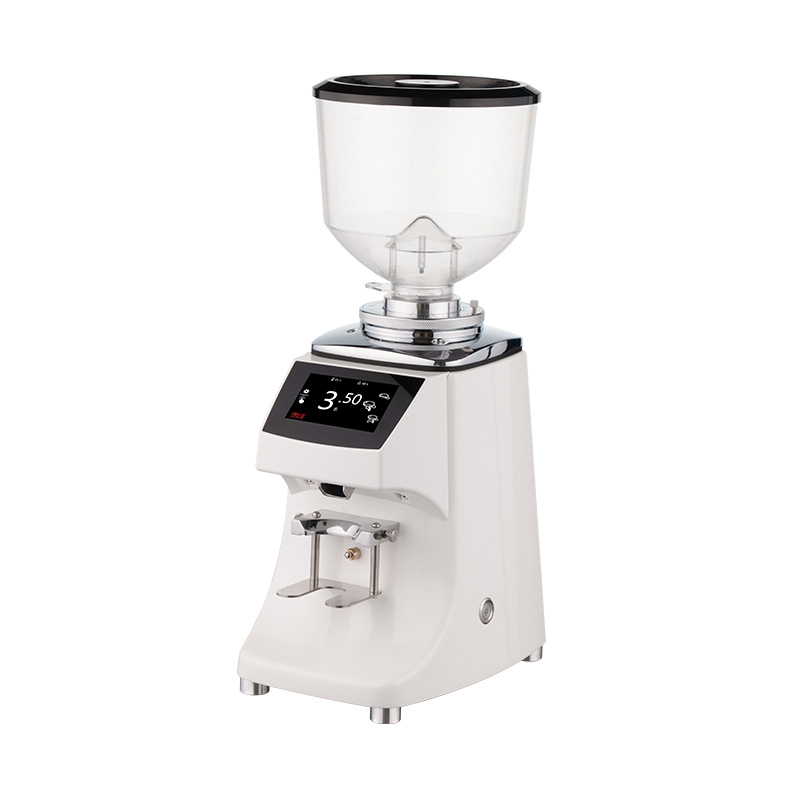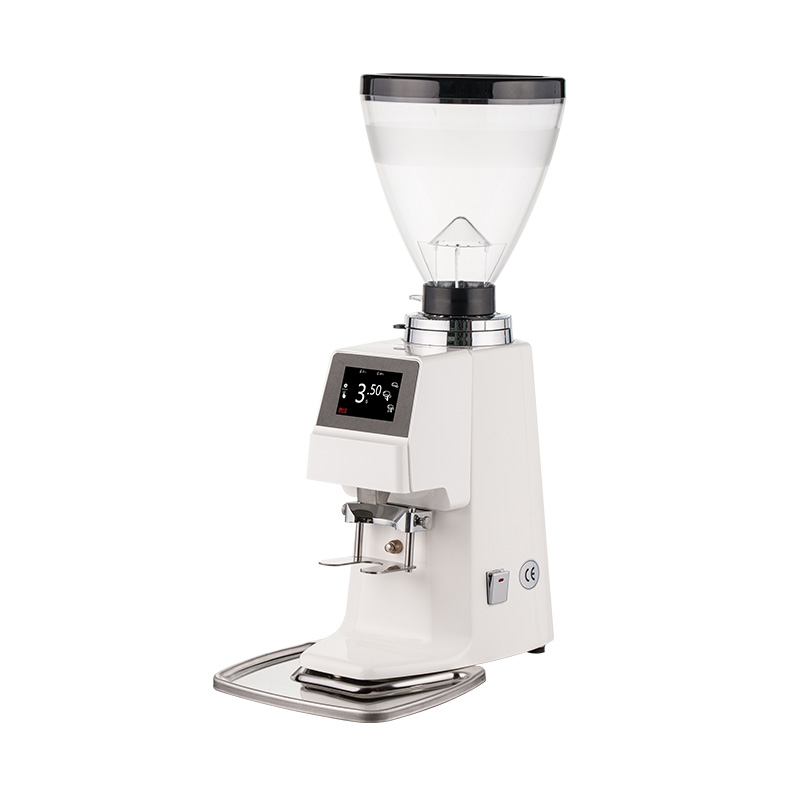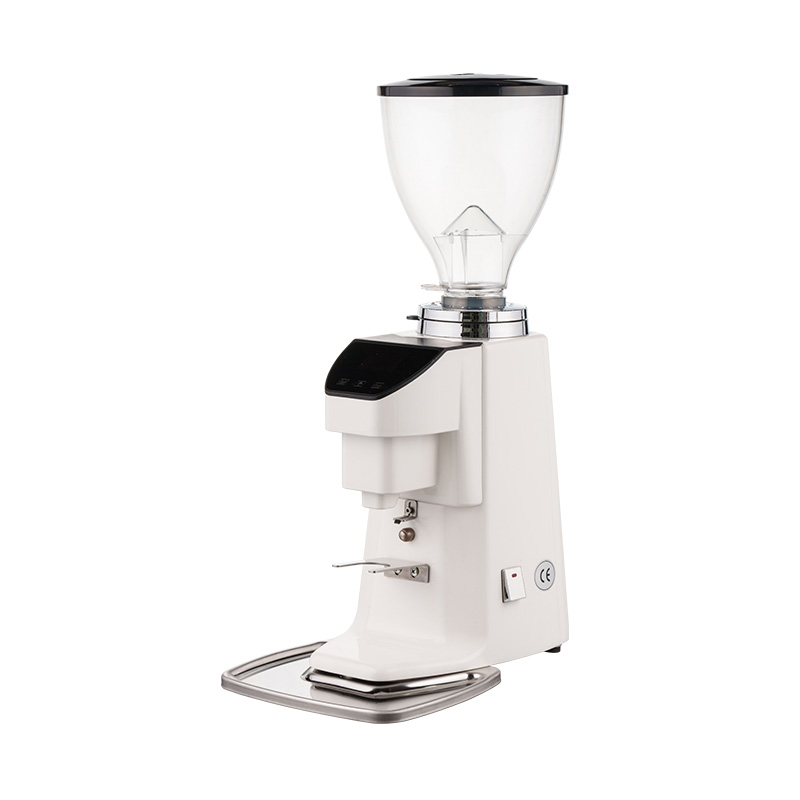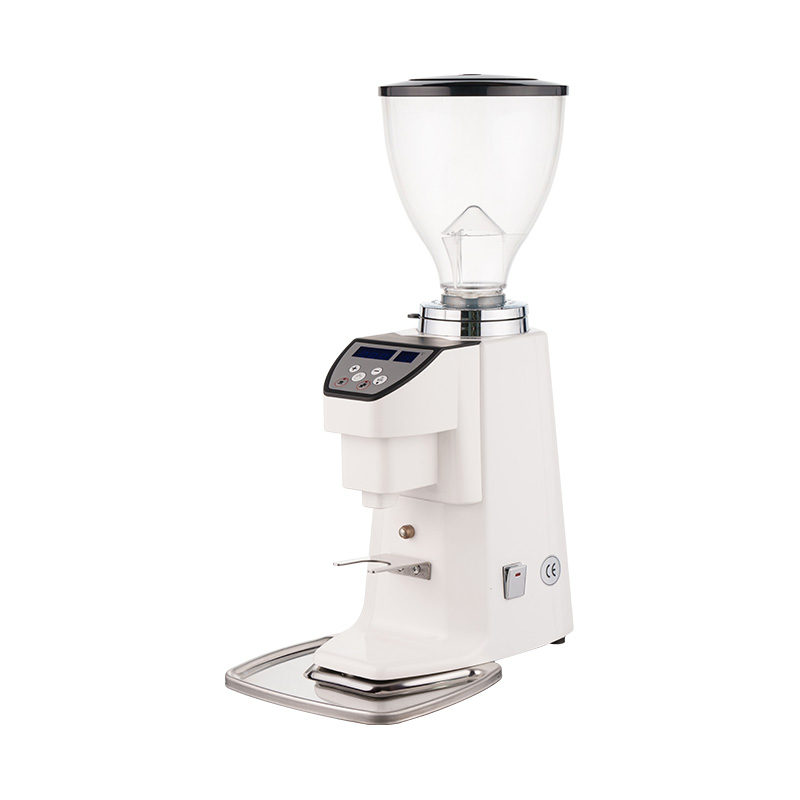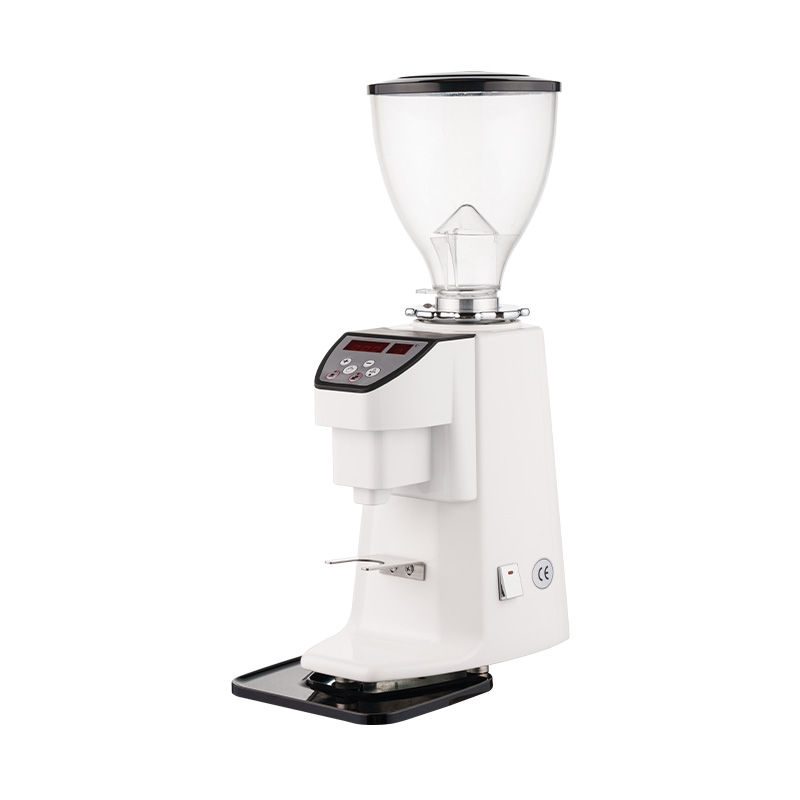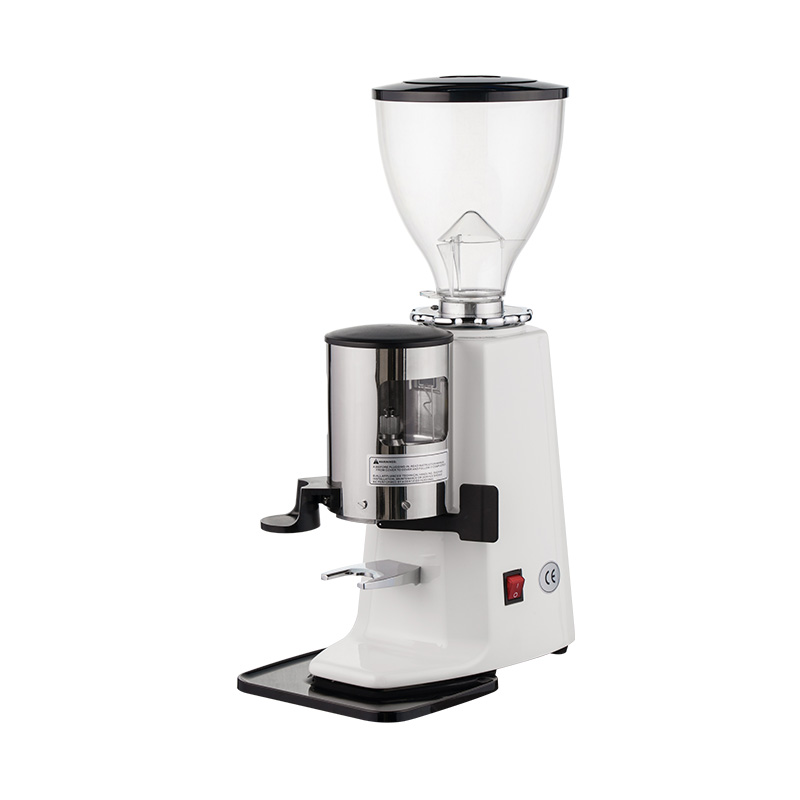We support OEM&ODM services, welcome to inquire
How does the humidity display feature on this coffee grinder work specifically?
Humidity Sensor Integration: The coffee grinder has a built-in humidity sensor probe that measures humidity around the clock, which is very useful for baristas to understand espresso flow rates and calibrate espresso recipes. This makes the humidity sensor a key component in implementing the humidity display feature.
Humidity Measurement Principle: Humidity sensors typically work by measuring changes in humidity in the environment. For example, some hygrometers detect humidity levels by measuring changes in resistance or capacitance. In a coffee grinder, the humidity sensor may use a similar principle to detect changes in humidity in the environment or within the coffee beans.
Display: The humidity display feature is typically displayed on the device's display. For example, some coffee machines or hygrometers display the current humidity percentage or related data directly. In a coffee grinder, the humidity display may display humidity information on a built-in display or a connected display.
Application Scenarios: The humidity display feature is useful in coffee grinders, for example, to help baristas adjust grinding parameters to optimize the taste and flavor of their coffee. By monitoring humidity in real time, users can better control the grinding and extraction process.
How do I choose the right coffee grinder?
Choosing the right coffee grinder requires considering several factors to ensure it meets your needs and enhances your coffee quality.
Grind Type: The main types of grinders on the market are blade grinders and wheel grinders. Blade grinders are less expensive, but they produce an uneven grind, making them suitable for those seeking a fresher grind. Wheel grinders (such as those with conical or flat-bottomed grinding wheels) produce a more uniform grind and are suitable for those who demand higher-quality coffee.
Grind Consistency: A grinder's grind consistency is a key factor. Inconsistent grinds can lead to uneven coffee flavor and affect the taste. Therefore, choosing a grinder that provides a consistent grind size is crucial.
Grind Settings and Adjustability: A grinder should have adjustable grind settings to accommodate different brewing methods (such as French press, espresso, etc.).
Capacity and Size: Choose the appropriate grinder capacity and size based on your frequency of use and space requirements. For example, a home user may require a smaller grinder, while a coffee shop may require a larger commercial grinder.
Material and Durability: The grinder's material (e.g., ceramic, steel, etc.) and durability are also important considerations. High-quality grinders typically use more durable materials to ensure long-term use.
Noise and Cleanliness: Noise levels and ease of cleaning are also factors to consider when choosing a grinder. Grinders that are quiet and easy to clean are more suitable for home use.
Budget and Value: Choose a grinder that fits your budget. While high-end grinders may be more expensive, their performance and durability may provide a better long-term return on investment.
By considering these factors, you can choose a coffee grinder that suits your needs and enhance the quality and experience of your coffee.
-
Feedback

 English
English русский
русский
